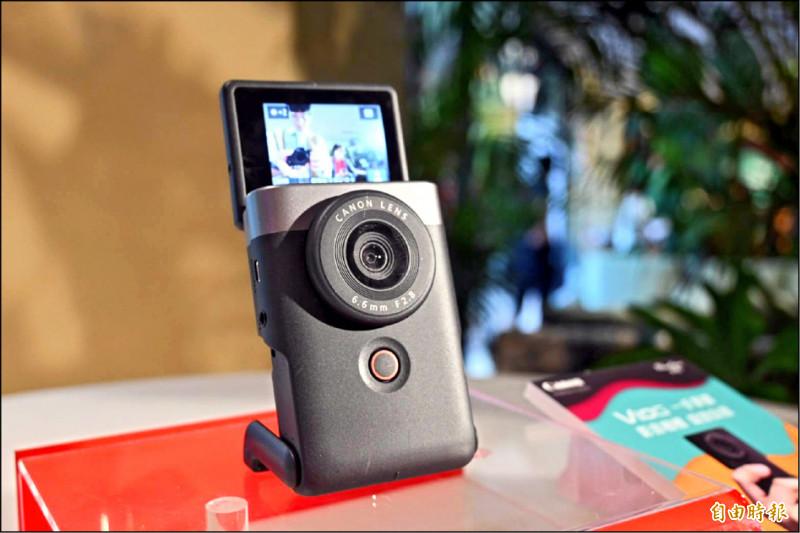Canon 回收相機收購,二手收購,收購相機,全新相機,二手相機 收購5D Mark IV,收購EOS-1D X Mark II,收購EOS M3/M10 收購canon canon 5Ds/5Ds R,,5D Mark III/6D II,7D Mark II 70D/80D,750D/760D,700D/100D 收購FUJIFILM 相機,全系列FUJIFILM 收購二手Nikon 相機,Nikon二手收購,全新Nikong買賣 D3400收購 Nikon 1 j5收購 D750 Df/D810/D610,D5/D4S,D500,D7200/D7500,D5500/D5300 OLYM
Canon’s “Pro” webcam software paywall makes little sense 回收相機
回收相機
回收相機canon’s new ‘Pro’ webcam software costs as much as just buying a capture card
回收相機canon’s new ‘Pro’ webcam software costs as much as just buying a capture card
/
The EOS Webcam Utility Pro upgrade adds multi-camera wired support and single-camera wireless. It also tops out at 1080p and costs $5 per month or $50 per year.
Share this story
If you buy something from a Verge link, Vox Media may earn a commission. See our ethics statement.
It felt like companies were offering some goodwill during the pandemic when they released free software that allowed a camera you already own to work as a webcam, but now, 回收相機canon’s looking for some of that sweet recurring subscription revenue. A new update to its EOS Webcam Utility software adds a bunch of new features, but only as part of a new Pro tier that costs $5 per month or $50 per year.
Opting to pay gets you new features like streaming up to five cameras at once via USB, wireless single-camera streaming, 60fps support, finer controls for custom scene profiles, watermark insertion, control of your camera settings via the UI, and some further granular tweaks. While much of that sounds nice and may make for a better experience when using the EOS Webcam Utility, the Pro version tops out at just 1080p resolution (the free tier is still stuck with 720p). That seems a little paltry for a paid service utilizing a variety of cameras capable of outputting 4K via their HDMI ports.
Look, I get it: Camera companies are thirsty for recurring revenue streams just like everyone else — and normally, their only source is a pro service program like 回收相機canon Professional Services (CPS). But while some of these new features added to 回收相機canon’s webcam software seem nifty, I can’t shake the fact that basic capture cards are really cheap now, and two years of this service costs about as much as buying an Elgato CamLink 4K for yourself — which supports the same 1080p / 60p and even goes up to 4K resolution without any subscription. As for all the advanced software control, OBS may be a pain in the ass to learn, but it’s free to use.
I get it: Camera companies are thirsty
It’s a relief to see that 回收相機canon will maintain the free tier for owners who just want the basics and can’t be bothered to buy additional hardware for streaming, but now it seems like a safe bet that most new features will be kept behind the paywall. If you want to deal with the fuss of using your mirrorless camera for Zoom calls, you should budget for an external power supply anyway, so adding a capture card to the mix for a little more money seems more logical than paying a subscription.
That’s especially the route I’d go if using the Pro version of the EOS Webcam Utility remains as frustrating as the time I tried the free version last year with a 回收相機canon EOS R. It didn’t take me long to uninstall the software and run screaming back to my capture card.
 圖為 回收相機canon PowerShot V10,主打單手就能操控的 Vlog 錄影相機。 (記者黃肇祥攝)
圖為 回收相機canon PowerShot V10,主打單手就能操控的 Vlog 錄影相機。 (記者黃肇祥攝)
近年來隨著 YouTube、Tiktok 等影音平台崛起,越來越多年輕用戶打算購入第一台單眼相機,用來記錄生活,而這股趨勢也使得相機市場開始出現改變。日本零售通路業者觀察就指出,相機銷售有朝向兩極化發展的趨勢。
日媒《PhileWeb》採訪日本知名連鎖電器行 Bic Camera 店長乙川和也,通路業者第一手觀察指出,20-30 多歲之間的年輕用戶,主要推動小型相機的需求,尤其適用於 Vlog 相機,出於預算、攜帶需求,使得小型體積相機越來越受歡迎。他更表示,小型相機與全片幅相機的銷售兩極化發展越來越明顯,位於中間需求的用戶越來越少,主要就是全片幅、小型相機二選一。
乙川和也透露,目前有 3 款 Vlog 相機非常受到關注,像是由 DJI 推出的 Osmo Pocket 3 運動相機,還有富士旗下的袖珍掌上型相機 Instax Pal,以及由 回收相機canon 推出的 PowerShot V10。
在全畫幅相機之中,輕量化也是各品牌的發展趨勢,例如 Sony 推出了 a7C II、a7C R 等,試圖擺脫全片幅等同於沈重的刻板印象。另外則是由 Nikon Zf 帶起的復古造型熱潮,同樣受到傳統攝影愛好者的喜愛。
回收相機 回收相機

:format(webp)/cdn.vox-cdn.com/uploads/chorus_asset/file/24184674/回收相機canon_camera_webcam.jpg)